Description
HERB ITALIAN FENNEL ROMANESCO PICTORIAL PACKET
HERB ITALIAN FENNEL ROMANESCO PICTORIAL PACKET is grown primarily for its fleshy bulb, which has a delicious aniseed flavour, although the leaves can be utilised. Romanesco is a late maturing variety reaching 2-3 ft tall producing bulbs of 500 Gram to 1 Kg The Bulb can be steamed or boiled and served with a creamy sauce or used raw in salads. This is not the same as Common Fennel grown purely for its leaves.
Cultivation advice
- Plant Italian Fennel Romanesco in early spring or late summer. Ensure a sunny location in your garden with well-draining soil.
- Ensure a frost-free growing season and a location with at least 6-8 hours of sunlight.
- Italian Fennel Romanesco prefers fertile, well-draining soil. Amend the soil with compost or well-rotted manure before planting to improve its fertility and texture.
- Sow seeds directly into the garden bed or in containers about 1/4 inch deep. Space seeds or seedlings approximately 12-18 inches apart to allow for their growth.
- Ensure the soil is kept consistently moist until seeds germinate.
- Water fennel regularly, especially during dry spells, ensuring the soil remains evenly moist but not waterlogged.
- Once established, reduce watering frequency, allowing the soil to dry slightly between waterings.
- Fennel doesn’t require heavy feeding. However, applying a balanced fertilizer or compost in early spring can support healthy growth.
- Once seedlings are a few inches tall, thin them to the strongest plants, leaving the healthiest ones spaced appropriately for optimal growth.
- Transplant any thinned seedlings to new locations if desired.
- Ensure Italian Fennel Romanesco receives full sunlight for the majority of the day. Protect young plants from strong winds that might damage them.
- Apply mulch around the base of fennel plants to retain soil moisture and suppress weed growth. Keep the area around the plants free from weeds to avoid competition.
- Remove any dead or damaged foliage regularly to promote healthy growth. Pinch off flowering heads to encourage bulb formation and prevent the plant from going to seed too quickly.
- Harvest fennel bulbs when they reach a suitable size and are firm to the touch. Cut them close to the soil level, leaving the roots intact.
- The leaves can be harvested at any time and used in culinary dishes.
- Consider planting fennel alongside other herbs and vegetables like dill, basil, or lettuce. Companion planting can offer mutual benefits and improve growth.
- Monitor for pests like aphids or caterpillars. Use organic methods or insecticidal soap if pests become problematic.
- Ensure good air circulation around the plants to prevent fungal diseases.
- Check the soil pH, aiming for a range between 6.0 and 7.0 for optimal growth. Fennel prefers slightly acidic to neutral soil.
- Ensure the soil has adequate nutrients, especially potassium and phosphorus, which are essential for healthy bulb development.
- Water fennel at the base of the plant to keep the foliage dry and minimize the risk of fungal diseases. Avoid overhead watering.
- During hot weather or dry spells, increase watering frequency to maintain consistent soil moisture.
- To create tender, blanched bulbs, mound soil or mulch around the base of the fennel plants once they reach a certain height, covering the lower part of the bulbs.
- Blanching restricts sunlight exposure and encourages tender, pale-colored bulbs.
- Allow a few fennel plants to flower and produce seeds. Harvest the seeds when the flower heads turn brown and dry, collecting them for future planting or culinary use.
- Every part of Italian Fennel Romanesco is edible. Use the bulb raw in salads, roasted as a side dish, or sliced thinly for a crisp addition to dishes.
- The feathery fronds can be used as an herb in salads, garnishes, or to flavor dishes, while the seeds can be used in cooking or to make teas.
- In some regions, fennel can be grown as a perennial. Protect the plant during winters by mulching heavily around the base to prevent freezing.
- In colder climates, consider growing fennel in containers to bring indoors during winter months.
- Stake or support taller fennel plants if needed to prevent them from toppling over during windy conditions or when laden with heavy bulbs.
- Store harvested fennel seeds in a cool, dry place for future use. Ensure they are completely dry before storing them in airtight containers.
- Replant saved seeds in the following growing season for continuous cultivation.

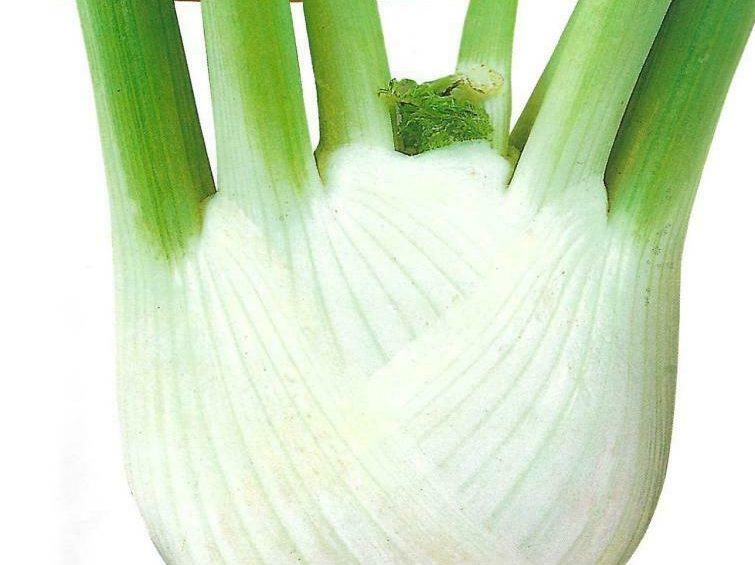
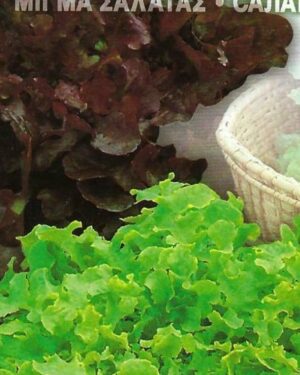
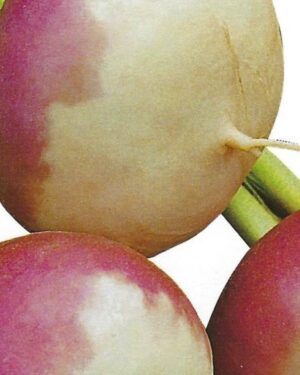
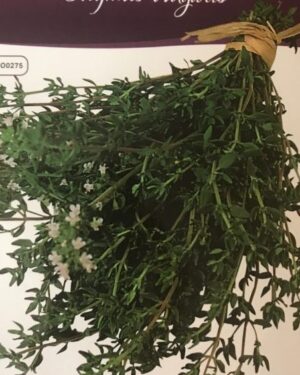
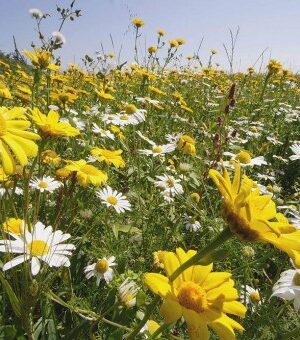
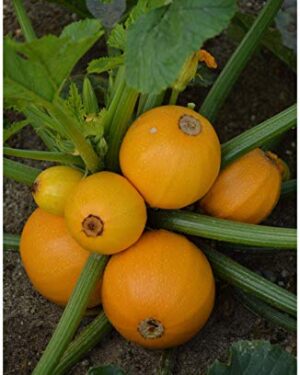
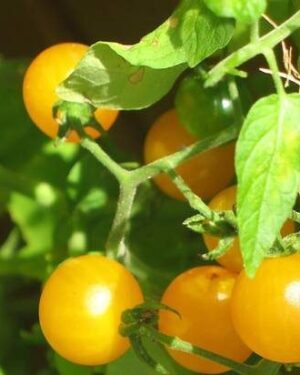
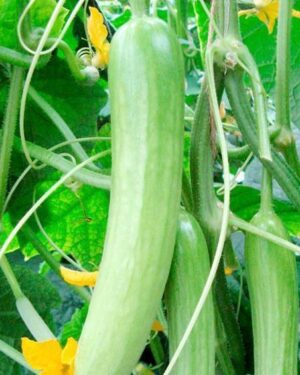
Reviews
There are no reviews yet.